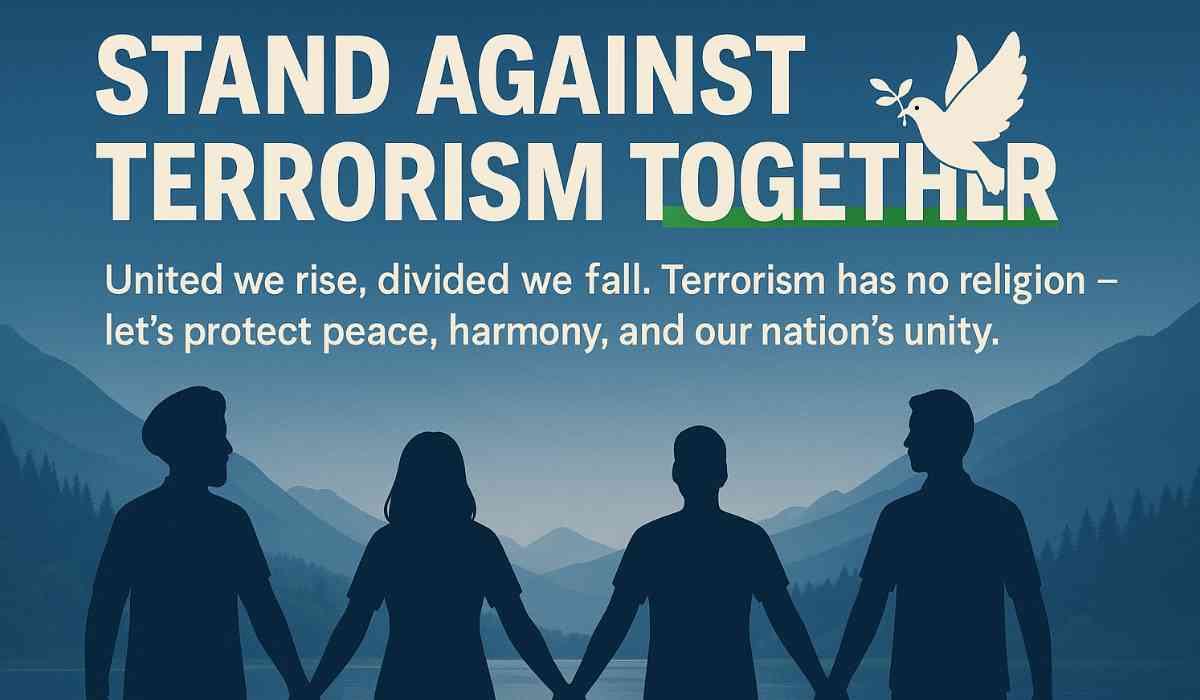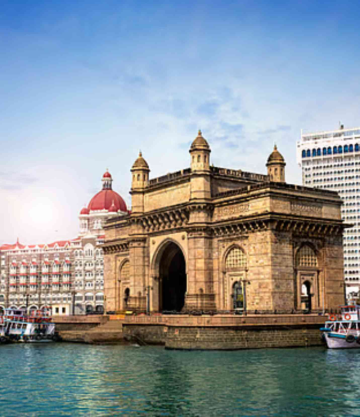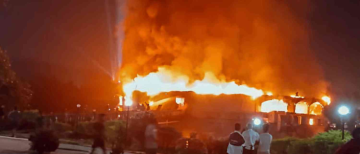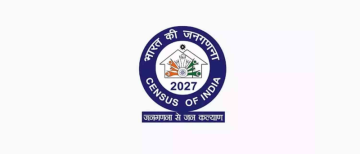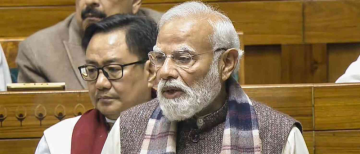On April 22, 2025, the serene tourist destination of Pahalgam in Jammu and Kashmir was shattered by a horrific terror attack that claimed the lives of 26 innocent civilians and left many injured. The attackers, armed and ruthless, targeted tourists in the picturesque Baisaran meadow, turning a peaceful outing into a scene of unimaginable horror.

The Incident and Media Reporting
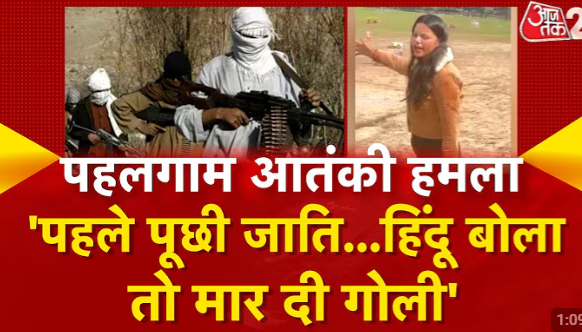
Eyewitnesses and survivors revealed a chilling detail: the terrorists asked individuals about their religion before opening fire. This deliberate act of targeting based on faith has been widely reported by Indian news channels. While it is a fact that the attackers sought to divide and instill fear by singling out victims on religious grounds, the media’s portrayal of the incident has sparked significant debate.
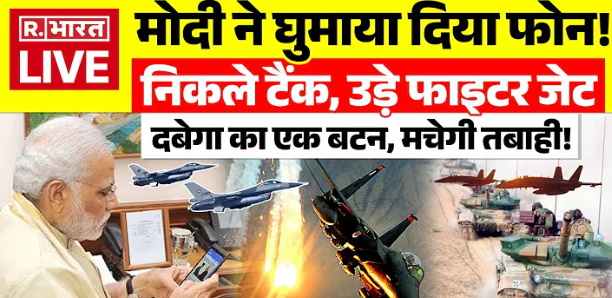
Many news outlets have framed the attack explicitly as “Islamic terrorism” and highlighted that Hindu civilians were the victims. This narrative, while rooted in the terrorists’ own twisted motives, risks deepening communal fault lines in an already sensitive region. The danger lies in allowing the terrorists’ divisive agenda to be amplified by media sensationalism, which can inadvertently fuel communal tensions and mistrust among communities.
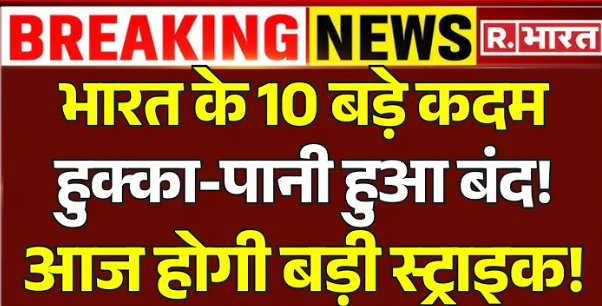
Terrorism Transcends Religion
It is imperative to remember that terrorism is a heinous crime that transcends all religions, castes, and communities. Civilians, regardless of their faith, are innocent victims of violence and must not be reduced to mere symbols of communal identity. The terrorists’ attempt to divide the nation by targeting people based on religion is a deliberate strategy to foment hatred and discord.



Religious leaders and community representatives across India have condemned the attack unequivocally. For instance, the caretaker of a madrassa in Udhampur publicly denounced the terrorists, emphasizing that such acts are a disgrace to Islam and that terrorism has no religion. This sentiment echoes the broader Indian ethos of unity in diversity.
The Role of Media and Society
The media plays a crucial role in shaping public perception. Responsible reporting should focus on the human tragedy, the bravery of security forces, and the need for national solidarity rather than sensationalizing communal identities. Headlines that emphasize religion over the crime itself risk creating a narrative that terrorists want — one of division and enmity.
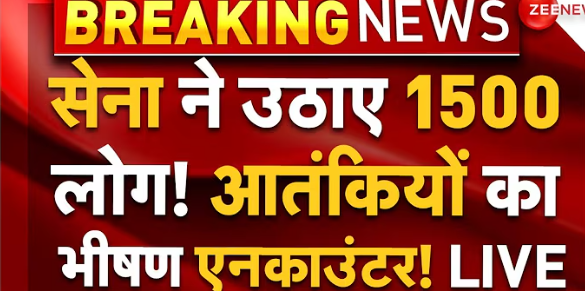
As citizens, we must remain vigilant against attempts to exploit such incidents for political or commercial gain. Communal polarization only serves the interests of those who seek to destabilize the nation. Instead, we should promote messages of peace, empathy, and collective resilience.
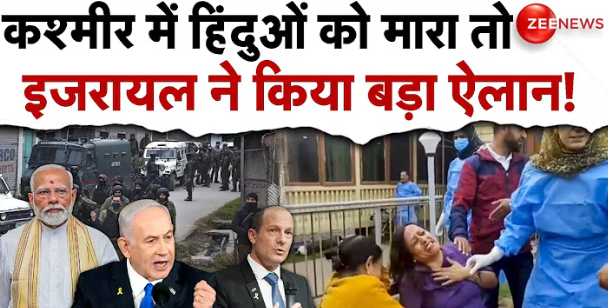
These kind of headlines often leads to communal violence
Government Response and National Unity
In the aftermath of the attack, the Indian government has taken swift action to enhance security in vulnerable areas and strengthen counter-terrorism measures. Diplomatic channels have been activated to hold accountable those who support cross-border terrorism. Political leaders from all parties have called for unity, urging the public not to let terror divide the nation.

The Prime Minister and other senior officials have repeatedly stressed that terrorism is the enemy of all Indians, irrespective of religion or region. They have appealed to citizens to stand together, uphold the values of secularism, and reject any form of communal hatred.
Standing Together Against Terror
The Pahalgam attack is a tragic reminder of the ongoing threat terrorism poses to peace and harmony. While the terrorists sought to divide us by targeting victims based on religion, it is our collective responsibility to reject their narrative. Terrorism has no religion; civilians have no caste or creed when it comes to being victims of violence.
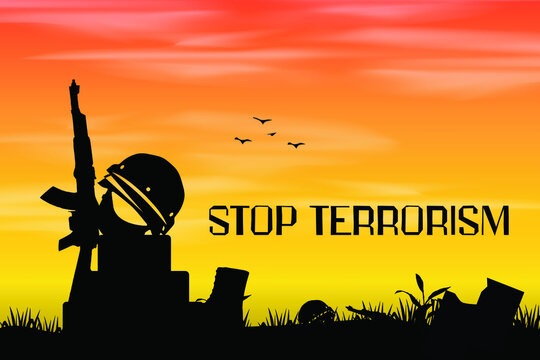
Let us honor the memory of those lost by fostering unity, compassion, and resilience. By staying aware and resisting communal tensions, we can ensure that terror does not succeed in breaking the fabric of our diverse and vibrant nation.
With inputs from agencies
Image Source: Multiple agencies
© Copyright 2025. All Rights Reserved Powered by Vygr Media.
The views expressed in this article are personal. They do not reflect the opinions, beliefs, or positions of Vygr and Vygr Media Private Limited.

